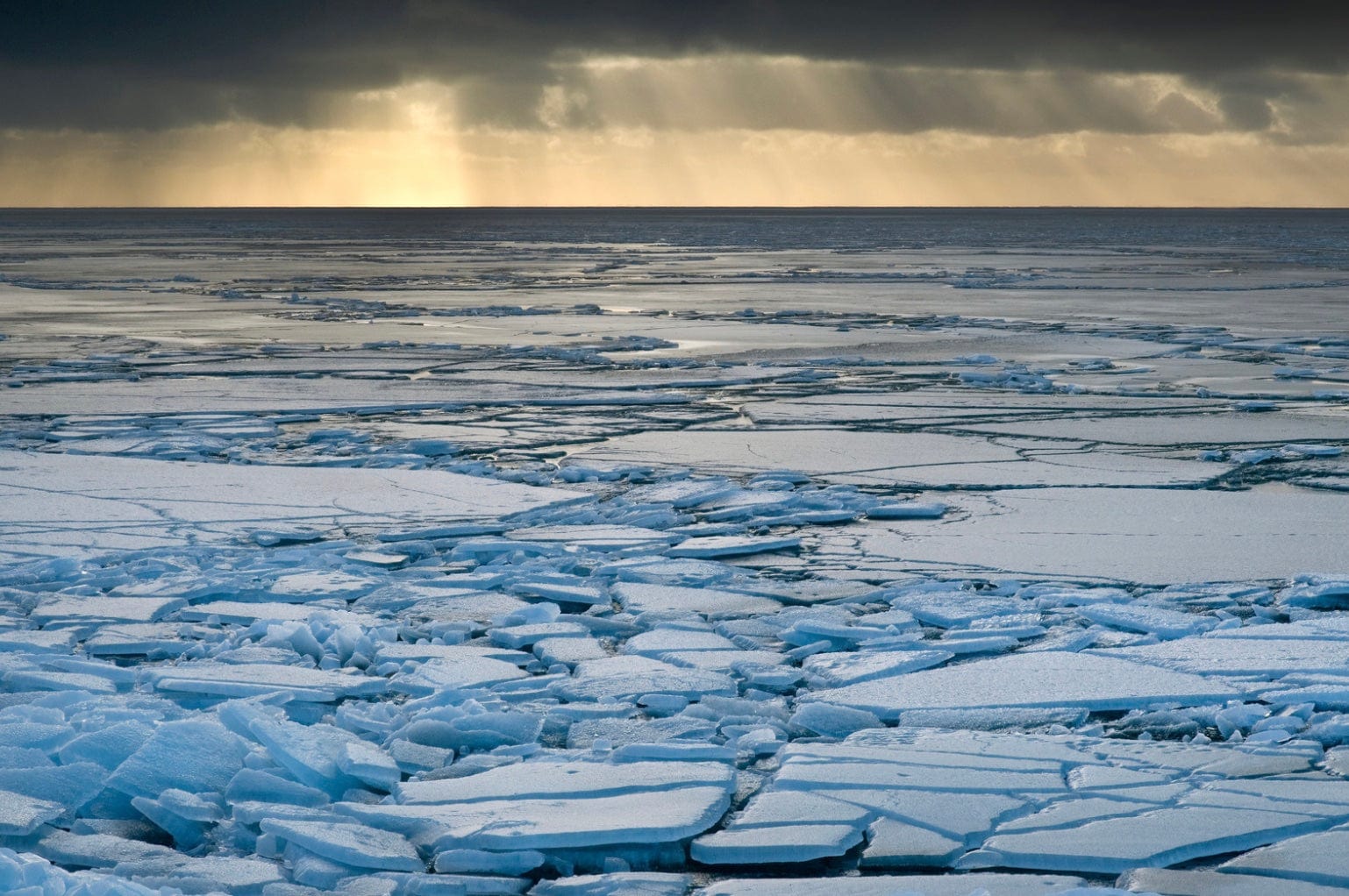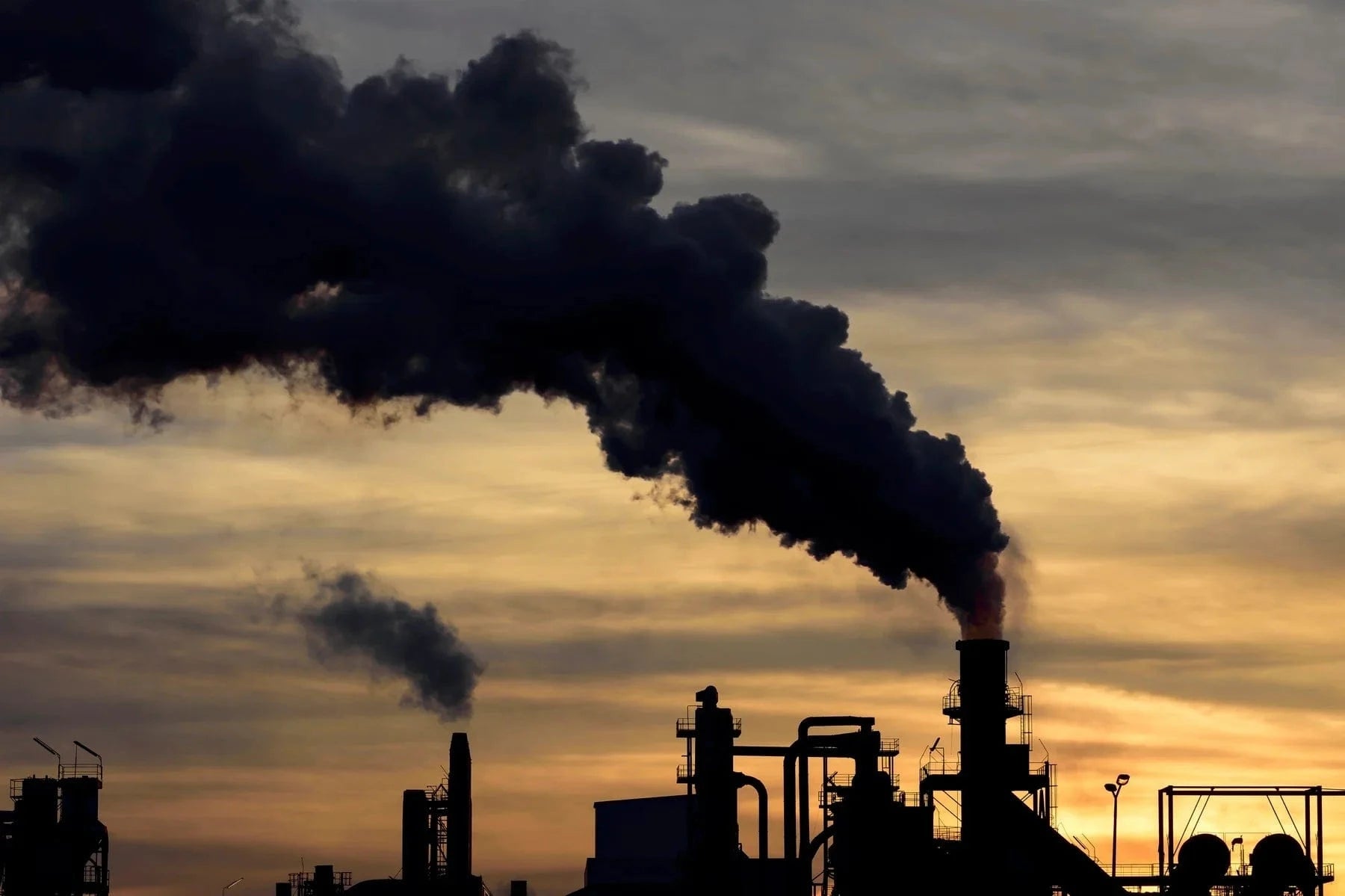The Difference Between Global Warming and Climate Change

Get news, updates, & event Info delivered right to your inbox:
What is the Difference between Global Warming and Climate Change?
When it comes to talking about, learning about, and acting on the climate crisis, you’ve probably come across two key terms: global warming and climate change. While the terms get used interchangeably in many conversations, global warming and climate change have two distinct meanings.

WHAT IS Climate Change?
According to NASA, "climate change is a long-term change in the average weather patterns that have come to define Earth's local, regional and global climates." While rising global temperatures are part of climate change, there are many other impacts, including:
- Biodiversity Loss
- Increasing ocean temperatures, levels, and acidity
- Melting of sea ice and mountain glaciers
- More frequent and intense natural disasters (including forest fires, hurricanes heat waves, droughts, floods, and precipitation)
- Changes in ecosystem characteristics (such as growing seasons, flowering times, and bird migrations)
Natural processes, like the El Niño and La Niña ocean patterns, volcanic activity, and variations in Earth's orbit, can all contribute to changes in Earth's climate. However, since the mid-20th century, climate change has been driven by human activities—particularly, the burning of fossil fuels.

What is Global Warming?
Global warming refers to the long-term heating of Earth's surface, which has been observed since the pre-industrial period.
When fossil fuels are burned, they release heat-trapping greenhouse gases into Earth's atmosphere. These gases prevent solar energy from being radiated back into space, causing a "greenhouse effect." The greenhouse effect is a natural process that is necessary to support life on Earth. However, the unnatural buildup of greenhouse gases in the atmosphere, due to human activities, is disrupting this delicate balance.

Taking Action
Climate change is a complex global issue, but the takeaway is clear: we must rise to the challenge and reclaim the future we want for ourselves and for future generations. And there are many solutions out there! These include:
- Halting the burning and extraction of fossil fuels
- Widespread adoption of renewable energy — including smart grids, solar panels, wind turbines, and emerging technologies.
- Supporting biodiversity by restoring and protecting Earth's remaining wild places.
- Facilitating the safe containment of greenhouse gases by planting trees and investing in climate technologies.
- Protecting and restoring all ecosystem types, including those that store massive amounts of carbon, such as forests and peatlands.
In the end, anything that can reduce the amount of greenhouse gases in the atmosphere will help combat climate change. If you're looking to do something today, considering planting trees to help the planet!
Get news, updates, & event Info delivered right to your inbox:
Related Posts
9 Sustainable New Years Resolutions
18/12/2025 by Meaghan Weeden
Inspirational Quotes About Trees
16/12/2025 by Meaghan Weeden
The 9 Oldest, Tallest, and Biggest Trees in the World
11/12/2025 by One Tree Planted
Popular On One Tree Planted
Inspirational Quotes About Trees
16/12/2025 by Meaghan Weeden
The 9 Oldest, Tallest, and Biggest Trees in the World
11/12/2025 by One Tree Planted
What Causes Deforestation?
10/07/2025 by Meaghan Weeden
Fundraising Disclosures

Be Part of the
Restoration Movement
The Grove is more than just a monthly giving program: it's a vibrant community of individuals who are dedicated to reforestation and environmental restoration on a global scale.
As a member of The Grove, you affirm your commitment to restoring forests, nurturing biodiversity, and fostering positive global change.



